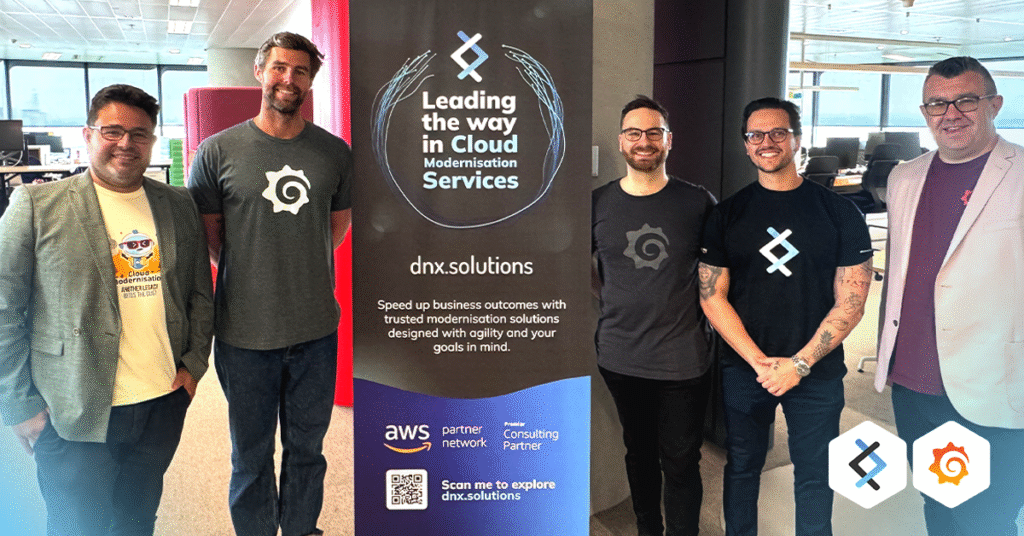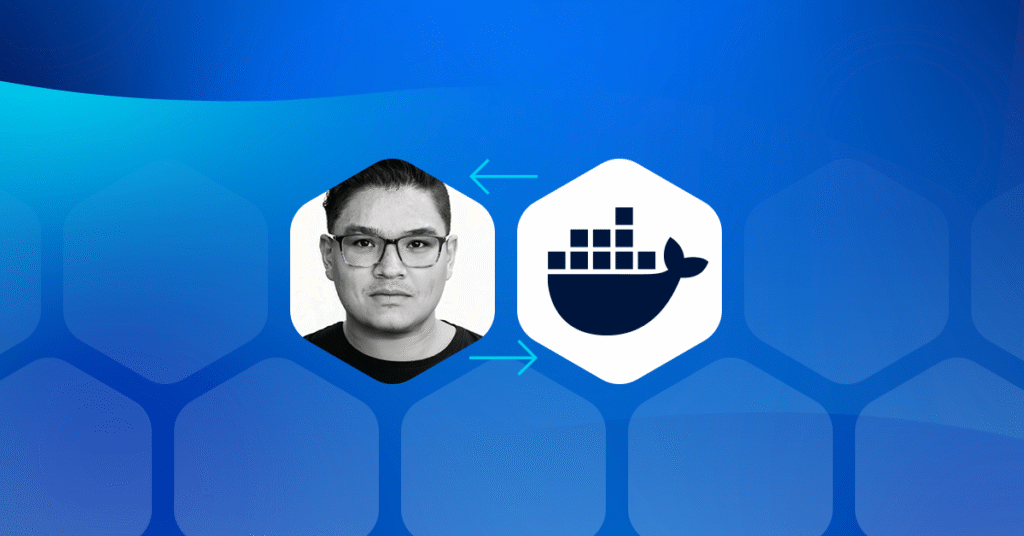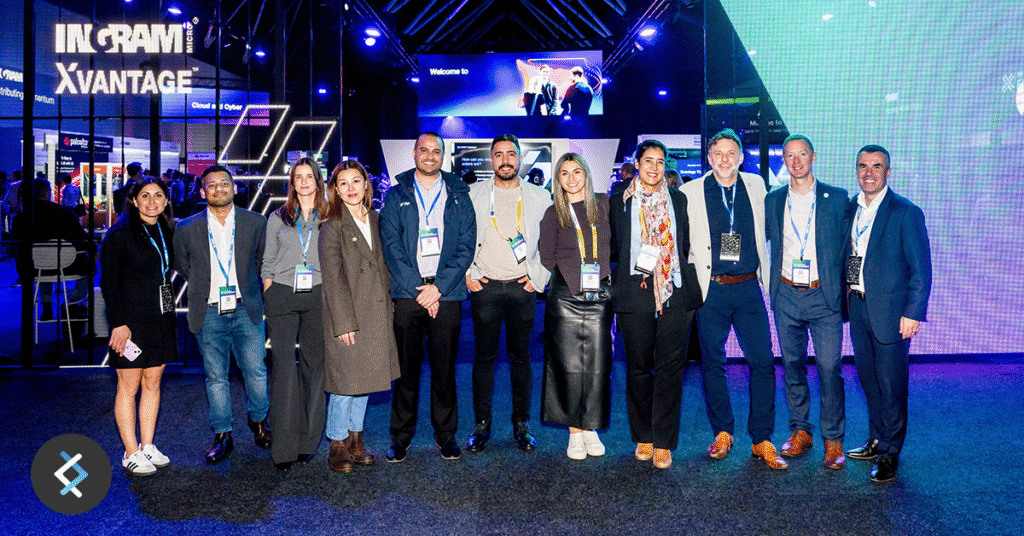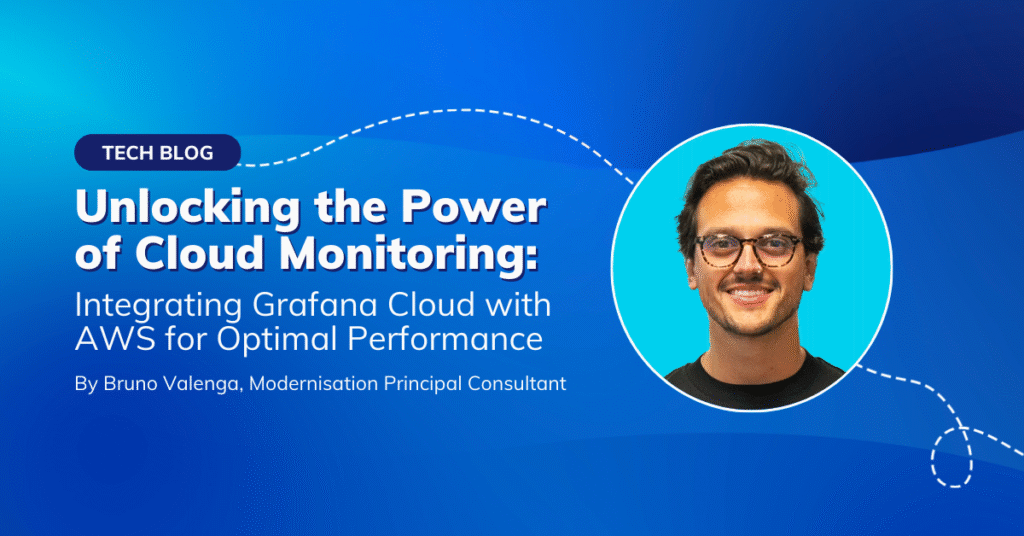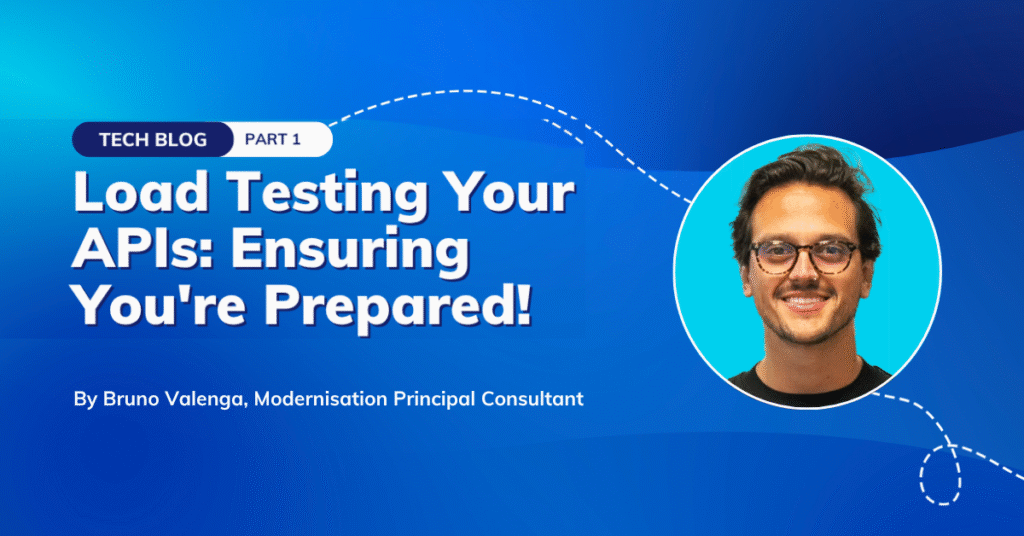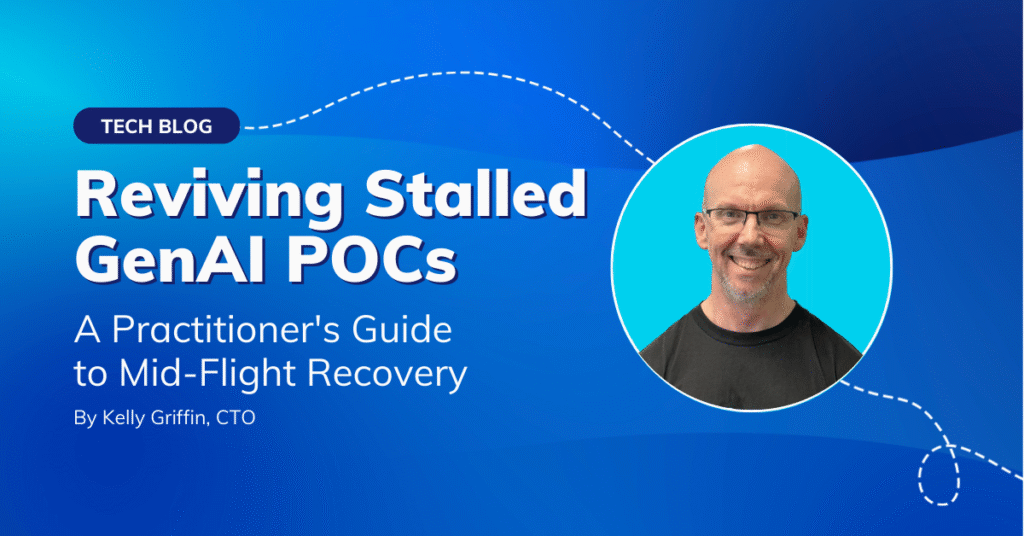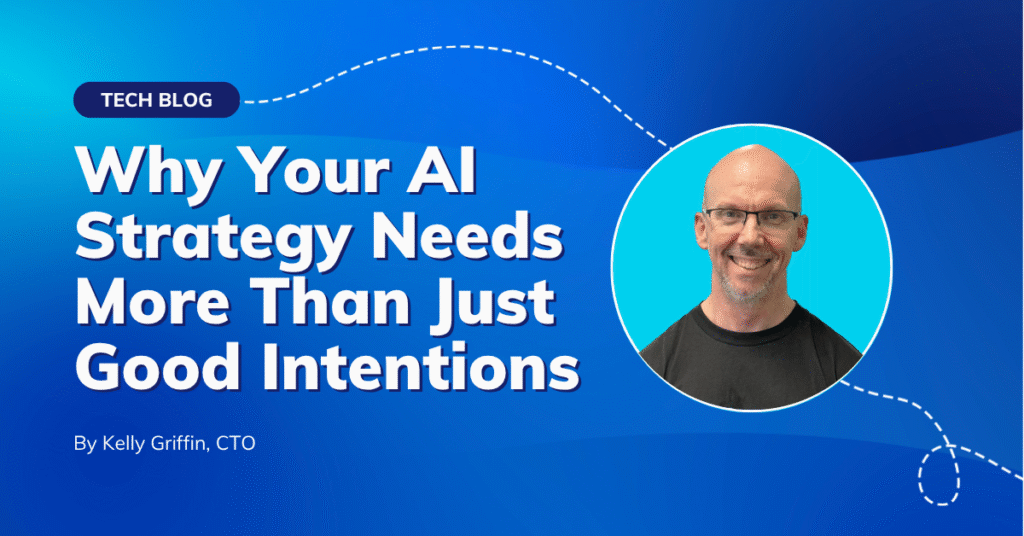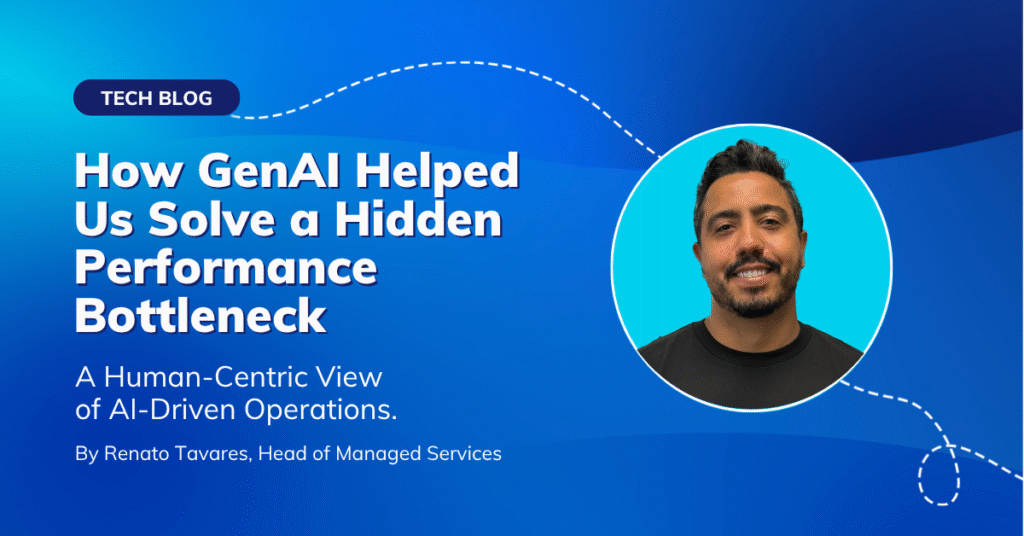
Cloud modernisation has become the North Star for organisations seeking to remain competitive as the technological advancements it brings promise increased agility, improved scalability, enhanced reliability, and accelerated innovation.
And yet, this scenario repeats with alarming frequency: A company invests heavily in containerising applications, implements CI/CD pipelines, adopts infrastructure-as-code, and migrates to managed services. Six months later, they’re questioning why deployment cycles have not improved, why innovation isn’t accelerating (the value of cloud), and why their cloud bills are higher than anticipated without corresponding business value.
The root cause usually isn’t technical—it’s human.
Why Cloud Modernisation Projects Often Fall Short
Organisations typically approach modernisation as a technical challenge, focusing primarily on architecture diagrams, technology selection, and implementation details. This technology-first mindset overlooks a fundamental truth: cloud modernisation is first and foremost an organisational transformation that happens to involve technology.
The symptoms of this oversight manifest in various ways:
- Engineers who have spent decades in traditional infrastructure roles struggle to adapt to infrastructure-as-code paradigms
- Development teams accustomed to current releases resist the shift to continuous deployment models
- Security teams apply legacy approval processes to dynamic cloud environments, creating bottlenecks
- Operations teams maintain separate workflows from development, negating the benefits of DevOps
- Budget processes designed for capital expenditure models clash with the operational expenditure nature of cloud services
In each case, the technology works exactly as designed—but the people and processes surrounding it haven’t evolved in tandem.
The Critical Role of Change Management
Successful cloud modernisation requires recognising that people and processes are equal, if not more important, pillars alongside technology (controversial I know). This recognition must translate into a deliberate change management strategy that addresses the human elements of transformation.
Effective change management in modernisation initiatives includes several critical components:
- Skills Transformation: Cloud-native technologies require fundamentally different skill sets. Organisations must invest in comprehensive training programs that equip teams with both technical abilities and new ways of thinking. This includes not just engineers, but product managers, business analysts, and executive leadership who need to understand cloud economics and possibilities.
- Process Redesign: Legacy processes designed for traditional infrastructure often become friction points in cloud environments. Everything from change approval to incident management to budgeting requires reimagination. This isn’t about simply digitising existing processes—it’s about fundamentally rethinking how work happens in a cloud-native context.
- Organisational Structure: Conway’s Law tells us that organisations design systems that mirror their communication structures. Cloud-native architectures that emphasise small, loosely coupled services require organisational structures that support similar patterns of work. This often means moving from functional silos to cross-functional product teams.
- Incentive Alignment: How teams are measured and rewarded dramatically influences behavior. If engineers are still evaluated on metrics that made sense in a legacy environment (like minimising changes to production), they’ll resist practices core to cloud modernisation (like frequent, small deployments).
- Cultural Evolution: Perhaps most challenging is the cultural shift required. Cloud-native approaches value experimentation, embrace failure as learning, democratise decision-making, and prioritise automation. These values may challenge deeply ingrained organisational cultures built around predictability, hierarchy, and manual controls.
Embracing Modern Ways of Working
The most successful modernisation initiatives recognise that technology transformation is inseparable from the transformation of ways of working. They approach cloud modernisation holistically, viewing it as an opportunity to reimagine not just technology but how the organisation functions.
This integrated approach manifests in several key practices:
- Unified Transformation Teams: Rather than separating technology modernisation from organisational change, we create unified transformation teams that include both technical architects and change management professionals.
- Experience-Based Learning: Rather than relying solely on classroom training, we’ve leveraged hands-on learning experiences where teams can experiment with new technologies and ways of working in low-risk environments.
- Iterative Transformation: Instead of attempting a “big bang” modernisation, we focus on pursuing incremental change, allowing people and processes to evolve alongside the technology.
- Leadership Engagement: We bring Executive leaders closer to actively participate in the transformation, modeling new behaviors and removing organisational barriers that impede adoption of modern practices.
What Success Looks Like
When technology, people, and process evolve in concert, the results can be transformative. Organisations achieve not just the technical benefits of cloud modernisation, but the business agility, innovation capacity, and operational excellence that were the true objectives all along.
The next time you embark on a cloud modernisation journey, remember that your technology is only as modern as the people and processes surrounding it. Invest accordingly, and the results will speak for themselves.
Let’s Talk Modernisation
If you’re tackling challenges like these—or just thinking about where to start—I’d love to chat. At DNX, we’ve helped businesses simplify their modernisation journeys and deliver real results, whether it’s migrating to the cloud or transforming entire operating models. Let’s explore what’s next for you.















